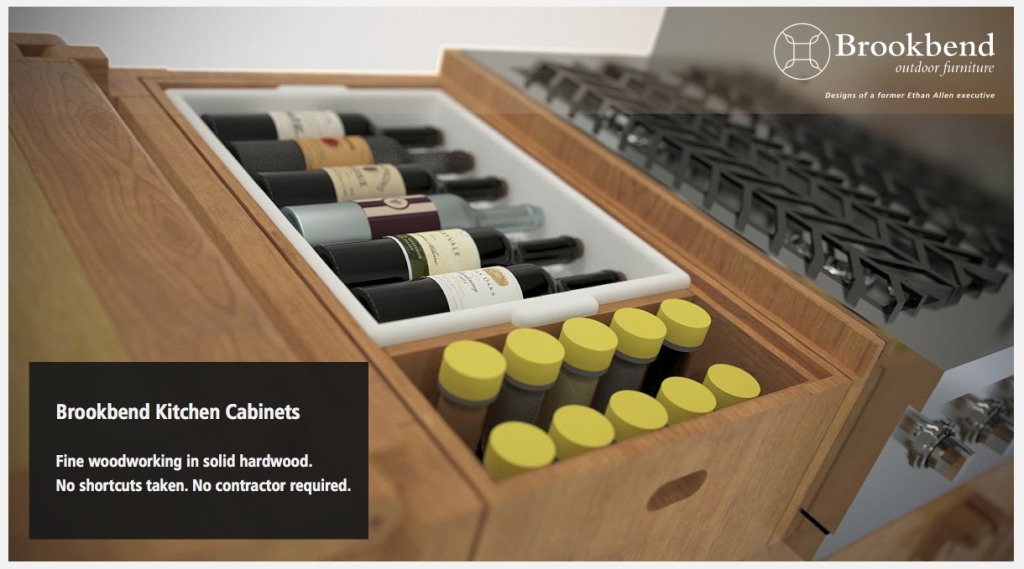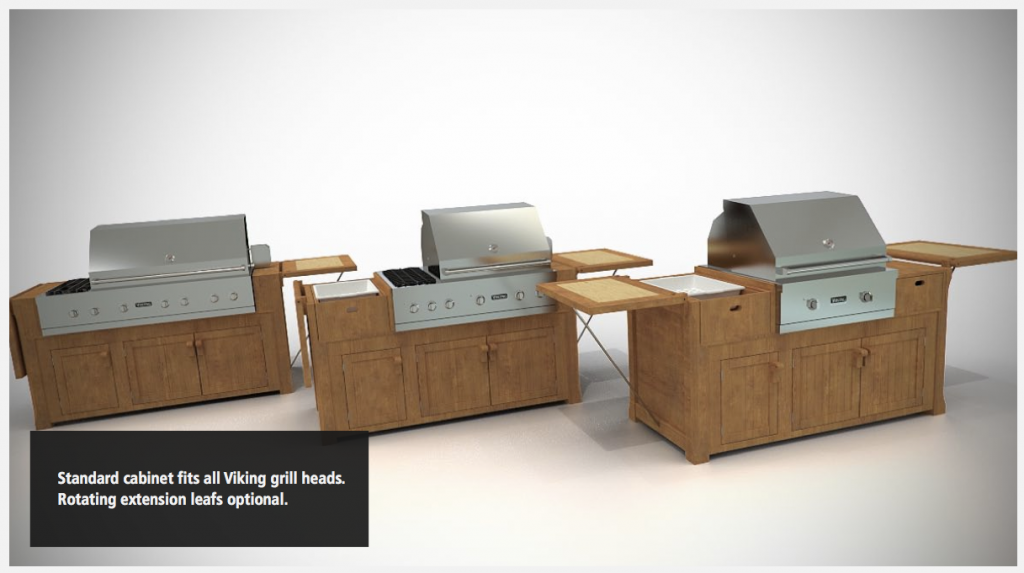3D Rendering For Furniture Companies

Furniture companies who want to present their products in a catalog that will appeal to customers have traditionally been restricted to carrying out lengthy and often costly photography shoots in an attempt to get the perfect images. Now, 3D rendering could make such tedious activities a thing of the past. Instead of creating models of every piece of furniture that needs to be displayed, furniture companies can now use the services of a 3D rendering company to create computer-generated images of their products.
The cost benefits of 3D rendering for furniture companies are clear. Every piece of furniture in the company’s collection can be digitally created and the images manipulated to get the perfect shot, without a single physical object having to be manufactured, transported, or disposed of after the shoot. This can add up to massive savings for the furniture company through the materials and labor costs that are avoided by using rendering instead of traditional photography to create images for the catalog.
 The 3D rendering technology makes it easy to apply different colors to show similar pieces made from different types of wood, fabric, metal or plastic. The results are very realistic – IKEA found that readers of their catalog could not tell the difference between rendered images and photographs of real furniture.
The 3D rendering technology makes it easy to apply different colors to show similar pieces made from different types of wood, fabric, metal or plastic. The results are very realistic – IKEA found that readers of their catalog could not tell the difference between rendered images and photographs of real furniture.
In many cases, the images produced by digital rendering can be even more impressive than those taken by a professional photographer. The number and direction of light sources can be easily controlled through only a few clicks of a mouse, so that every piece of furniture is shown off in the best setting possible. Furniture companies are able to communicate effectively with potential customers who are treated to the best possible images of the furniture available for sale.
The 3D renderings produced by PiXate are highly detailed and precise, allowing furniture makers to show off their chairs, tables, sofas or other pieces of furniture in stunning detail. First, the general shape of the piece of furniture is created. Next, the details such as trimmings and fastenings are added in. The colors are applied at a late stage, just before the final corrections are made. Building up the 3D rendering in this way is a painstaking process that uses large amounts of computer memory, but the final result is well worth the effort.
More information about the rendering process and examples of finished projects are available on the PiXate 3D area on their website. Pixate frequently works with architects, engineers and other professionals, creating 3D renderings that have a strong positive impact in marketing products and raising the professional profile of a manufacturer. New examples of completed work are regularly added to Pixate’s online portfolio; please provide your email address to be kept up to date with the latest news and get access to more information.
